
AI tools have taken front and center stage in 2023. One area of interest is how the new technology can be applied in infectious disease surveillance. A new article in the New England Journal of Medicine explores this concept.

Saskia v. Popescu, PhD, MPH, MA, CIC, is a hospital epidemiologist and infection preventionist. During her work as an infection preventionist, she performed surveillance for infectious diseases, preparedness, and Ebola-response practices. She holds a doctorate in Biodefense from George Mason University where her research focuses on the role of infection prevention in facilitating global health security efforts. She is certified in Infection Control and has worked in both pediatric and adult acute care facilities.

AI tools have taken front and center stage in 2023. One area of interest is how the new technology can be applied in infectious disease surveillance. A new article in the New England Journal of Medicine explores this concept.
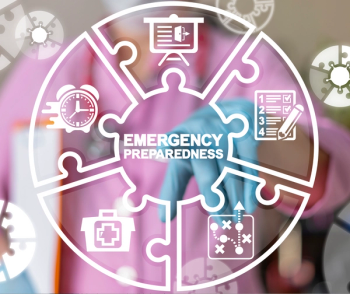
The complexity of dealing with emerging infectious diseases makes preparedness difficult.

Sexually transmitted infections (STIs) received little attention during the pandemic, but the truth is the STIs did not stop infection increases shortly after the quarantine.

Investigators looked at COVID-19 related hospitalizations in infants less than 6 months old who were unable to be vaccinated. The researchers used population-based surveillance for lab-confirmed COVID-19 hospitalizations.

The simple truth is that the long-lasting symptoms of COVID are something we should all be worried about.
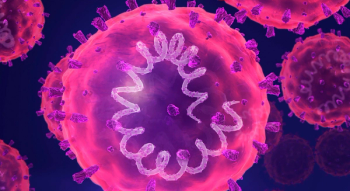
Before the emergence of COVID-19, this precursor virus was a global concern.
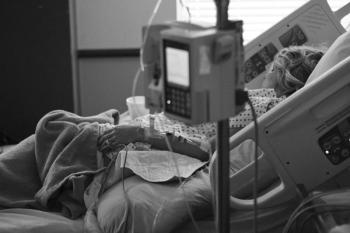
A recent study broke down hospitalizations associated with COVID-19 in adults between January 2021 and April of this year, based upon vaccination status.

Investigators examined all-cause excess mortality and sought to uncouple it from COVID-19 in US states with high vaccination rates.

Everyone in this industry have experienced a profound sense of exhaustion, trauma, grief, fear, and frustration. Surgeon General Vivek Murthy, MD, continues to make this issue a priority with a recent article.

Investigators sought to address the effectiveness of vaccination after COVID-19 recovery.
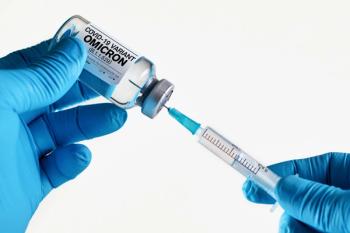
Omicron-specific vaccine boosters are coming, but just how necessary are they?

As the pandemic enters its third year, fatigue and frustration grow, but there is hope for the future.
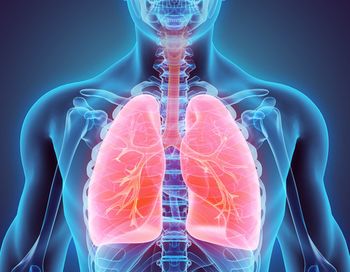
In an age of COVID-19, it is difficult for clinicians and public health officials to pivot and think about obscure infections like Pneumonic plague. However, a case of this plague occurred in Wyoming, and the local public health officials offer some insights into the clinical care of the patient as well as communicating with close contacts.
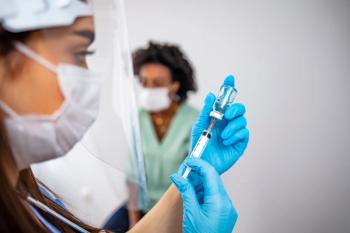
Outpatients were frequently given systemic corticosteroids on the day of COVID-19 diagnosis, suggesting this usage should be further studied for safety and efficacy.
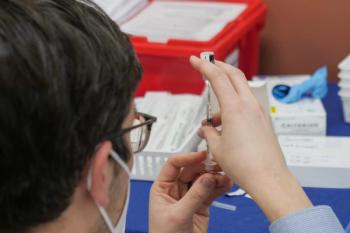
Researchers looked at the serial use of homologous and heterologous boosters in open-label clinical trials across 10 US sites.

Researchers sought to assess antibiotic prescriptions associated with COVID-19 outpatient visits in Medicare beneficiary patients over the course of a year during the pandemic.

Investigators performed a systematic review to assess just how strong the association between race and urinary tract infections (UTIs) in children.

Investigators used electronic health records (EHR) to perform surveillance of the safety of 3 doses of the COVID-19 mRNA vaccines.

A recent JAMA article discussed the role of caregiver vaccination status in pediatric hospitals and ethics of exclusion.
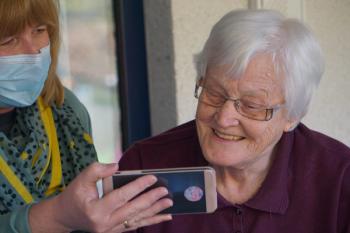
Trying to increase COVID-19 vaccination rates in these populations has been challenging. In an attempt to do so, a randomized clinical trial across 133 skilled nursing facilities (SNFs) was performed.

A new study sought to address how we approach treatments for these patients.

In a JAMA viewpoint, authors stressed the need for a US national strategy for a “new normal” of living that includes COVID-19.

A team of researchers sought to study the epidemiological characteristics of RSV in pediatric influenza-like illness cases.
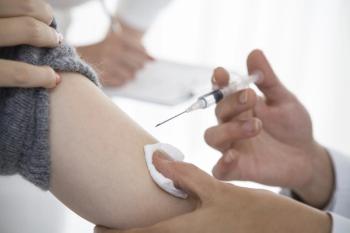
A new study sought to address the association between a usual source of care and influenza vaccination rates among pregnant women.

Vaccine hesitancy is a significant hurdle experienced in the US. In response to this, a team of researchers analyzed adults who reported a medical provider recommended the COVID-19 vaccine, studied vaccination status, and general attitudes.
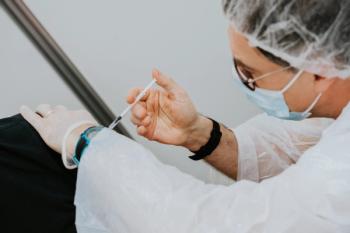
Side effects that occur during concurrent vaccine administrations can influence future vaccine decisions.

A new study looked at COVID-19 related stressors and healthcare experiences, like facing discrimination, fear of perinatal infection, birth preparedness stress, telehealth prenatal care, disruptions to prenatal care, birth satisfaction, and duration of hospitalization and how these factors affected vaccination.
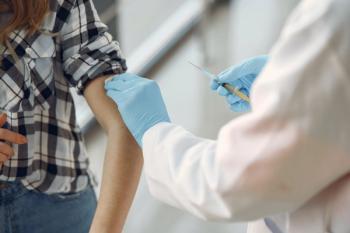
Disruptions to health care due to large-scale events, like that of the COVID-19 pandemic, can trickle into so much of what we need for public health, including routine vaccinations.
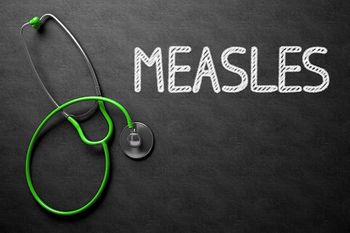
Researchers shared an update on progress made towards regional measles elimination across the world for the past twenty years.

Investigators analyzed data from COVID-NET across 14 states as this variant quickly become the dominant strain within the United States.